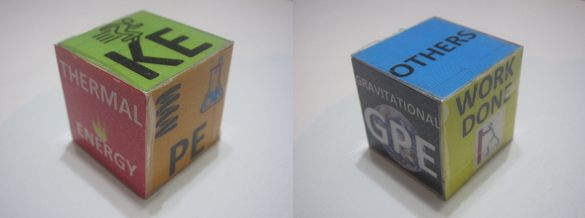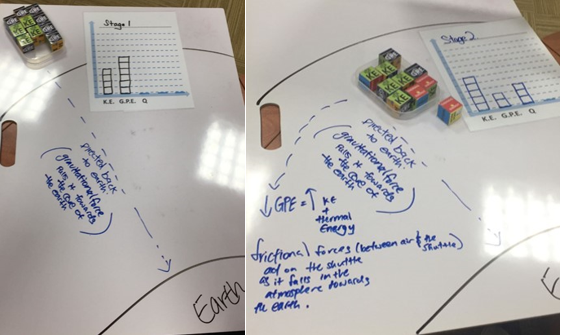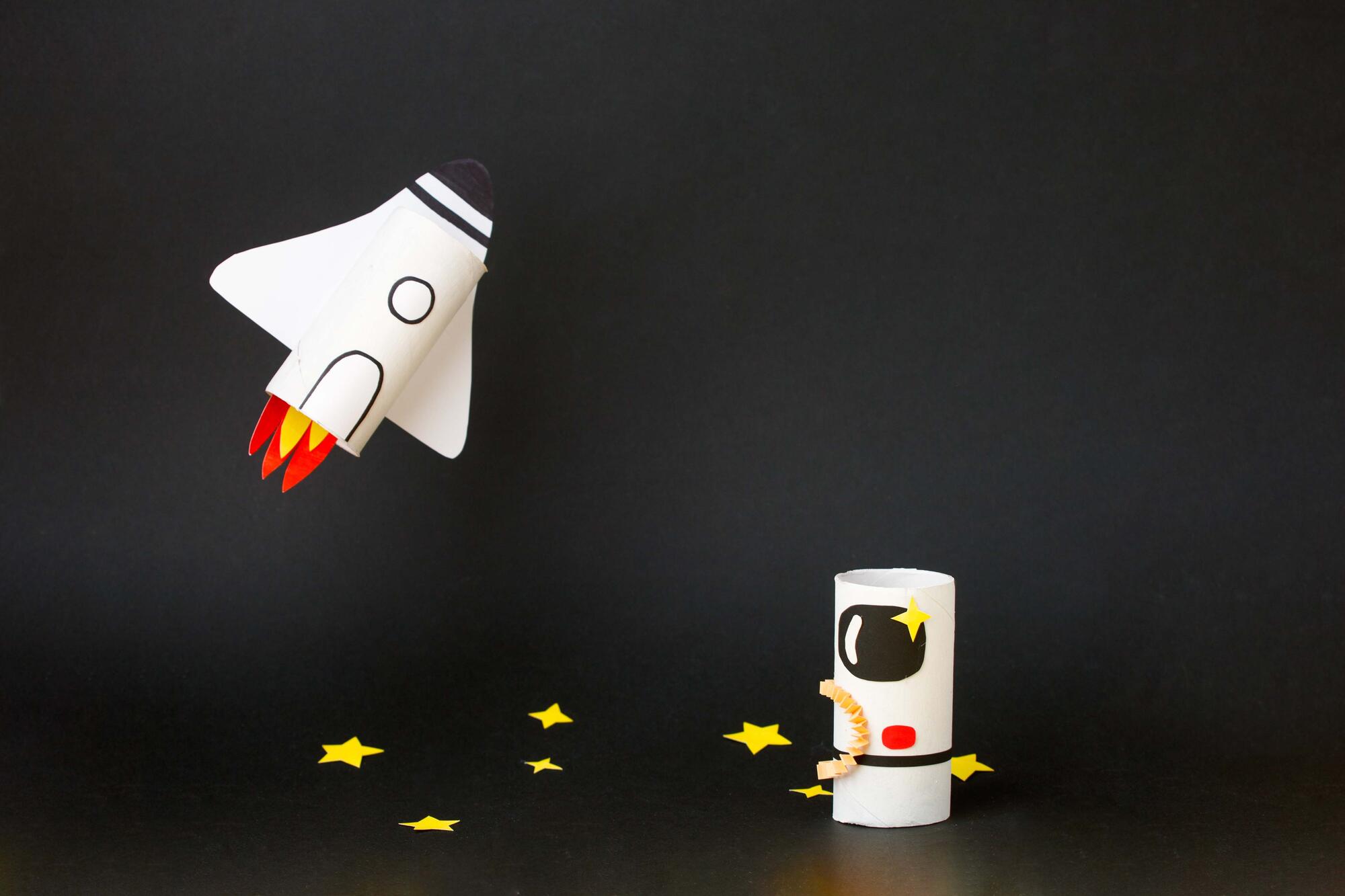“It’s been seven years since China’s Tiangong-1 Space Station, otherwise known as the heavenly palace, was launched into orbit, but now it’s coming home to Earth and fast…”
The breaking news, broadcasted on 30 March 2018, created much sensation and excitement. Some thought it was fake news. Many had one burning question in their minds, “Where would Tiangong-1 land?”
I was excited by the return of Tiangong-1 – China’s prototype space station – as it presented a teachable moment for me to illustrate physics concepts, such as energy, to my students using a real-life scenario. They could use this scenario to understand the conservation of energy and learn how the high temperatures during the re-entry of the space station led to its disintegration. Students also witnessed the usefulness of the atmosphere in protecting Earth’s inhabitants.
Catch a falling space station
The first thing you need to know is that satellites and space stations are always being pulled towards the centre of the Earth. But they don’t fall to Earth exactly because the equipment propels itself forward in space due to its inertia, maintaining a constant speed and staying in orbit.
“Satellites and space stations don’t fall to Earth because the equipment propels itself forward in space due to its inertia.”
Tiangoing-1 had ceased functioning, and its distance from Earth started decreasing. In physics, we say that its gravitational potential energy was converted to kinetic energy – as it accelerates towards Earth due to the pull of gravitational force, its kinetic energy increases and potential energy decreases. When the space station entered Earth’s atmosphere, it rubbed against the atmosphere. That friction created intense heat on the surfaces of the space station, causing it to burn and break up. Now, thermal energy and sound energy are “thrown” into the mix.
For my Secondary 3 students, this event illustrated the law of conservation of energy. That means, if we add up all the forms of energy that were converted in Tiangong-1’s re-entry – such as the kinetic energy and potential energy of the pieces, as well as heat and sound – it will be equal to the decrease in its gravitational potential energy.
A game of blocks for science students
If you found that hard to visualise, you’re not alone. Nobel-winning physicist Richard Feynman, whom I admire, once used the story of Dennis the Menace and his toy blocks to illustrate the conservation of energy to his students. That legendary lecture served as inspiration for me and my colleagues to design a lesson using a tool that we call “energy cube”. (Hat tip to Mr Yap Boon Chien, a Master Teacher at the Academy of Singapore Teachers for working with us, and Dr Jennifer Yeo from the National Institute of Education for providing the theoretical grounding.)
Our team came up with colourful graphics for different forms of energy to catch students’ attention and placed them on six sides of a cube, such that each cube can represent one unit of energy. Put a few cubes together, and they can represent the total energy of an isolated system.

In class, students use these energy cubes to demonstrate their understanding of the transfer of energy and conservation of energy at every stage of Tiangong-1’s re-entry. This helps them see that while gravitational potential energy is converted to other forms of energy, the overall energy of the system is conserved.

We start with 10 energy cubes sitting in a tray, which represents the total energy of the space station. Then, students demonstrate their understanding of what happens next when the space station falls towards Earth. Some students placed ‘thermal energy’ outside the tray to illustrate that the heat is shared between the Chinese space station and Earth’s atmosphere. Clever!
How did the students react to the energy cubes? In their feedback, students told me that the extension of learning using energy cubes was engaging and interesting. The hands-on activities enabled them to better understand energy-related concepts and made them want to learn more.
That’s good, because the story doesn’t end here.
Transferring all that pent-up energy
In the process of illustrating energy transfer, we had to assume that the space station does not disintegrate. But in real life, satellites (and space stations) are meant to disintegrate into smaller parts and be destroyed upon re-entry. If objects falling from space did not disintegrate, the impact would be great – it would cause an explosion.
In 2013, a meteor entered Earth’s atmosphere over Russia. It gained so much kinetic energy that it exploded in the air over the Russian city of Chelyabinsk. The blast shattered windows and injured hundreds of people.
Thankfully, Tiangong-1 did not crash-land on Earth, nor did it remain in one piece. Most of it burnt up, and surviving pieces scattered as debris over the Southern Pacific Ocean on 1 April 2018.
What are the odds of getting hit by satellite debris? Incredibly low. But don’t just take my word for it. According to the Aerospace Corporation, we had a less than 1-in-1-trillion chance of getting hit by the falling debris of Tiangong-1.






